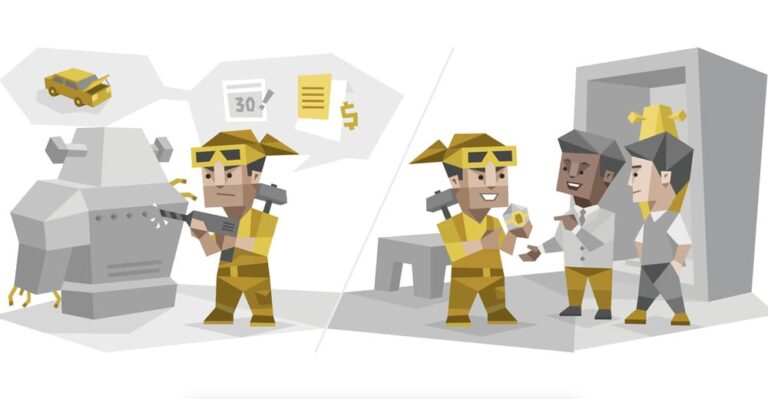Table Of Contents
- Requirements Analysis
This first stage is all about identifying and documenting the project’s needs in detail. The goal is to ensure that both the team and the client have a shared understanding before the project begins. All specifications should be clear upfront to avoid confusion down the road. - System and Software Design
Once the requirements are set, the project moves into the design phase. Here, the team creates a technical plan that covers system architecture, user interface, and other necessary details. This design serves as a blueprint for the development team in the next stage. - Implementation or Development
During the implementation phase, developers start writing code and building the system according to the agreed design. Since each step is laid out from the beginning, this phase is simply about executing the plan. - Testing
After development, it’s time to test the system to ensure it functions as expected and is free from major errors. Testing is a crucial step to ensure that the final product meets quality standards and is ready for use. - System Deployment
Once the system passes testing, it’s deployed to the production environment, where real users can start using it. In this phase, user training or onboarding might also be necessary. - Maintenance
Finally, ongoing maintenance ensures the system continues to work well. This includes fixing bugs, making upgrades, and providing technical support as needed.
With this clear structure, the waterfall method helps the team work in an organized and well-documented way, making the project more controlled and manageable.
- Stable Requirements – If project requirements can be defined clearly from the start and are unlikely to change, this method is ideal.
- Defined Timeline – Waterfall is a good fit for projects with a strict timeline since each phase has an orderly flow.
- Low Client Involvement – If the project doesn’t require much input from the client at every stage, this approach can be practical.
For example, this method is commonly used in construction projects, where each stage must be completed before moving on to the next, and specifications rarely change.
- Clear and Organized Structure
Each phase is clearly defined from the start, so the team can follow the sequence without getting lost. The structured approach makes it easier to track progress. - Comprehensive Documentation
Each stage in the waterfall method is thoroughly documented. This documentation not only helps the team understand the project details but also serves as a reference for future work, especially if new team members join. - Easier Monitoring and Evaluation
Because the project moves linearly, each phase can be evaluated more easily, allowing project managers to track progress and team performance more effectively. - Time and Cost Efficiency
For projects with stable requirements, the waterfall approach helps keep time and costs under control by minimizing changes mid-project. This efficiency is valuable, especially for companies with tight budgets.
- Lack of Flexibility
If changes arise in the middle of the project, the waterfall method can be challenging to adapt. Major revisions often increase costs and add time. - High Revision Costs
Since each phase must be completed before moving on, any significant changes at the end can be costly and time-consuming. - Limited Client Feedback
In the waterfall method, client or user feedback usually comes only after the project is complete. This can be an issue if the final result doesn’t fully meet the client’s expectations.
Take Your Project to the Next Level with Noethera
Contact us today for a free consultation and see how our services can support the success of your projects and your business!










